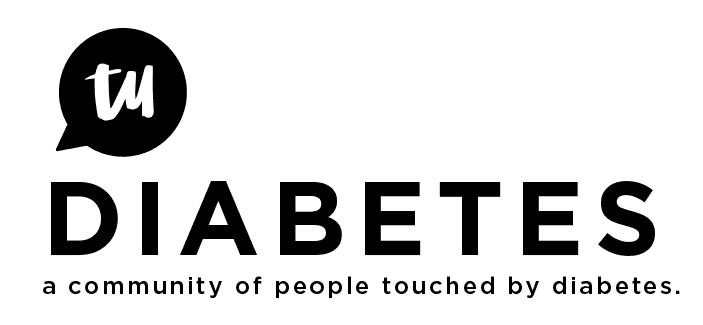What’s weird is that these rules vary so much across institutions. It seems like something that’s changing—in recent discussions on this topic a lot of people report hospitals being much more accommodating, but as in your case it obviously still persists.
Some googling turned up NIH guidelines of relatively recent vintage about self-administration of insulin in the hospital setting. The document implies that hospitals have concocted their own policies about it—there’s no universal rule, and some don’t have a stated policy at all. But the authors’ opinion is very strongly in favor of allowing it, though there are a lot of caveats about determining the patient’s ability to manage their own dosing, use of personal vs hospital BG testing equipment, and the like. The description of the problem is right on:
Each year people with diabetes account for millions of inpatient days. Many of those patients are on insulin therapy having successfully managed their diabetes in the outpatient setting. Once admitted to the hospital, most have their diabetes care taken over by the admitting team. Patients’ knowledge of their diabetes care may be ignored or not assessed. Outpatient physiologic insulin regimens are often replaced with sliding scale insulin given only when blood glucoses are elevated. This has lead well-controlled patients to experience diabetic ketoacidosis or hyperglycemic crisis.
That sliding-scale crap is what I ran into when I was in for an extended stay after abdominal surgery about 15 years ago. Had to kick up a major fuss to get around it.
So…
Patients with the knowledge and physical ability should be allowed to self-manage when possible; these are often patients with type 1 and type 2 diabetes well controlled on basal bolus insulin as an outpatient. Patients self-managing their diabetes may have the best ability to ensure appropriate coordination of blood glucose monitoring, insulin administration, and consumption of nutrition.
But:
For inpatient self-management to be effective and safe, a hospital policy must be in place and the patient must agree to follow the policy. Documentation of what the patient is allowed to do (by provider order) and what the patient is actually doing (by nursing notes) is vital to keep a clear record and determine changes needed in care. Because policies requiring the use of hospital meters and/or nursing to store insulin may be a barrier to the patient effectively coordinating care, guidelines with the minimal number of blood glucose tests using hospital meter and nursing documentation of patient administration of insulin along with defined policies with patient agreement allow for patient flexibility while covering liability.
As that indicates, the hospital’s liability has driven the more restrictive policies, and that kind of thing can be so deeply baked into the institutional culture that it’s difficult to root out, hence the wide range of experiences people have reported here on TUD. Nevertheless, the authors, examining the data on allowing self-admin, come to the right conclusions:
The primary team or a diabetes specialist must be involved in the ongoing diabetes care in collaboration with the patient. Patients often know more about their diabetes and insulin management than nursing and medical staff and must be involved in their own care with guidance from knowledgeable providers. Such collaboration has been demonstrated to be effective in the outpatient setting

